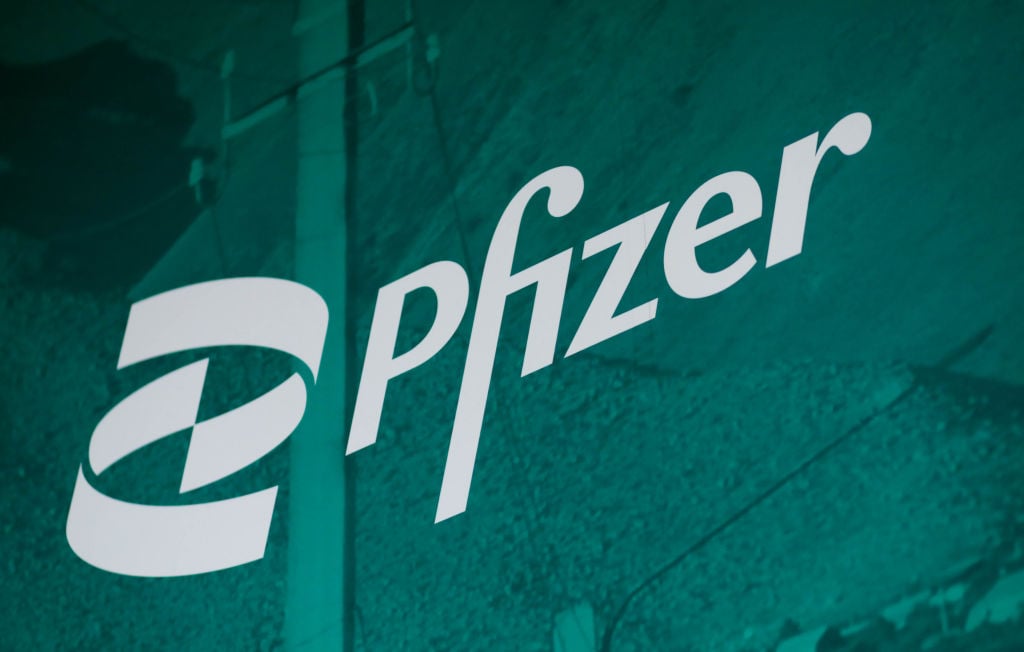Just because you've retired doesn't mean you want to spend all your new-found free time fretting over risky stocks. You'll want to limit your focus to companies that are already generating steadily growing profits that they can return to you.
Adults over 65 years old are the fastest growing age group in developed nations across the globe, and they'll be spending their hard-earned retirement incomes on products from AbbVie (ABBV +1.57%), and Pfizer (PFE 0.04%). Read on to see how this demographic trend makes these great stocks for retirement portfolios.

These two stocks can help retirees enjoy their new-found free time. Image source: Getty Images.
AbbVie Inc.: A sense of Humira
This drugmaker descended from healthcare conglomerate Abbott, which recently increased its dividend for the 40th year in a row. Since spinning off from Abbott in 2013, AbbVie continues to serve up annual dividend increases. The company has already boosted the payout by 60% since its inception and will probably announce the next bump soon.
At recent prices, AbbVie shares offer a decent 2.8% yield that retirees can reasonably expect to rise in the months ahead. Last October AbbVie announced a 12.3% boost to quarterly payments. Despite the hefty bump, bottom-line growth has been strong enough to lower the company's payout ratio to just 59.2% from 62.3% at the beginning of the year.
The largest factor driving earnings growth for AbbVie is its rheumatoid arthritis drug, Humira. Since its launch in 2002, the anti-inflammatory injection has become the world's best-selling drug. Thanks to a recent deal that will delay U.S. entry of Amgen's biosimilar version of Humira until 2023, global sales will continue to rise from an annualized $17.9 billion based on second-quarter sales to more than $20 billion by the time competition begins diminishing this blockbuster drug's pricing power.
Getting a better sense of the direction Humira sales will take isn't the only thing going well for AbbVie. By the time the revenue stream responsible for 63% of the company's top line begins drying up, growing sales of more recently launched drugs, and some still in development, could more than offset the losses. For example, blood cancer blockbuster Imbruvica became the first chemotherapy-free treatment option for newly diagnosed patients with the most common form of leukemia last March. These patients tend to stay on therapy for a long time, which helped drive second-quarter sales of the drug 44% higher than the same period last year to an annualized $2.4 billion.
AbbVie's share of annual Imbruvica sales is expected to peak above $7 billion. That will go a long way toward filling Humira's enormous shoes, along with potential blockbusters in late-stage development. A recent report ranked AbbVie's pipeline as the industry's third most valuable, projecting $20.4 billion in sales between now and 2022.

These stocks could make it rain dividend income throughout your retirement years. Image source: Getty Images.
Pfizer Inc.: A two for one deal?
AbbVie isn't the only big pharma positioned to treat retirees to years of growing dividends. Pfizer's more recently launched drugs are driving profits higher, and a potential spin-off of its consumer healthcare business could also be a big win for investors. Since splitting from Pfizer in 2013, shares of animal health focused Zoetis have more than doubled.
At the moment, Pfizer stock offers a juicy 3.6% dividend that ate up just 56.5% of free cash flow over the past year. The company has increased the payout each year since 2009, and surging sales of recently launched drugs could keep the party going well into your golden years. At the moment, sales of three blockbuster drugs, Ibrance, Eliquis, and Xeljanz comprise just 14% of total revenue, but they're quickly gaining popularity. Year-over-year sales of all three rose by 50% or more in the second quarter, to a combined run rate of $7.2 billion.
Few big pharmaceutical companies spend as much on research and development, and those investments are starting to pay off. Pfizer's pipeline boasts 12 programs in late-stage development plus six biosimilars that reference some of today's best-selling drugs.
Protecting your principal
Both of these big pharma stocks boast well-funded dividend programs that should provide a steadily growing income stream no matter what turns the broader economy takes, but what about your principal investment?
Perhaps the best way to protect your principal from general economic downturns, and company-specific rough patches, is to wait for a nice price. Luckily, neither of these big pharma stocks are about to test your patience. AbbVie has gained about 47% this year, but still trades at just 16.7 times this year's earnings expectations.
The average stock in the benchmark S&P 500 index is currently going for 19.4 times estimates, which also makes Pfizer seem cheap by comparison. You can still scoop up shares of the pharma giant for just 14.1 times estimates. There are no guarantees these multiples will hold, but altogether these two look like they would make great additions to most retirement portfolios right now.










